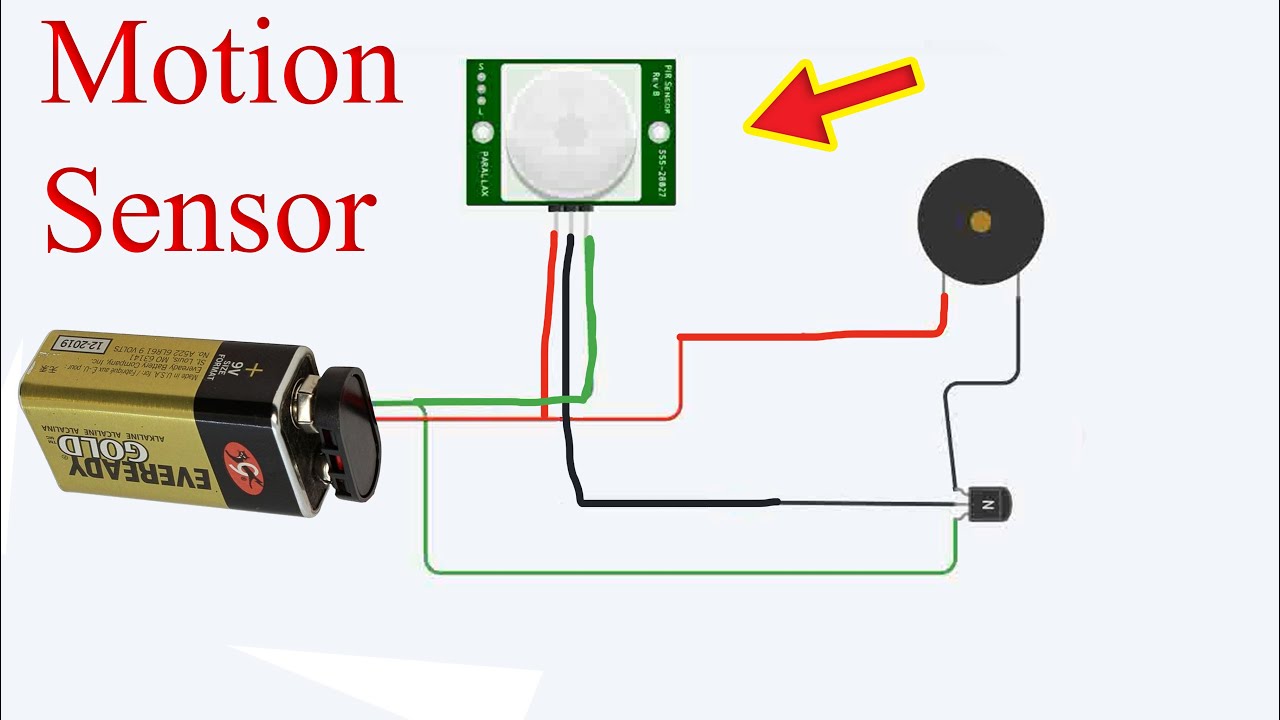
How to Make a DIY Motion Sensor Circuit?
Are you interested in creating your own motion sensor circuit for a fun DIY electronics project? With just a few simple components and a little bit of know-how, you can build your very own motion sensor circuit that can detect movement and trigger a response. In this article, we will guide you through the steps of building a basic motion sensor circuit that you can use in various applications, from security systems to automated lighting.
Materials Needed:
- Breadboard
- PIR (Passive Infrared) Sensor
- LED
- Resistors (220 ohms, 10k ohms)
- Jumper Wires
Optional materials that can enhance your motion sensor circuit include a buzzer, relay, or microcontroller for more advanced functionality. For this tutorial, we will focus on the basic components listed above to keep things simple.
Step 1: Setting Up the Breadboard
Start by placing the PIR sensor on the breadboard, making sure to connect the Vcc pin to the positive rail, GND pin to the negative rail, and the OUT pin to a free row on the breadboard.

Step 2: Connecting the LED
Next, connect one leg of the LED to pin 13 on the Arduino, and connect the other leg to a 220-ohm resistor. Then, connect the other end of the resistor to the ground rail on the breadboard.
Step 3: Wiring the Circuit
Use jumper wires to connect the Vcc pin of the PIR sensor to the 5V output on the Arduino, the GND pin to the ground pin, and the OUT pin to pin 7 on the Arduino. Make sure to use the appropriate resistor values to prevent damage to the LED.
Step 4: Testing the Circuit
Power up the Arduino and watch the LED. When the PIR sensor detects motion, the LED should illuminate, indicating that the circuit is working correctly. You can adjust the sensitivity of the PIR sensor by tweaking the potentiometers on the sensor itself.
Congratulations! You have successfully built your own motion sensor circuit. Feel free to experiment with different components and configurations to customize your circuit for your specific needs. Have fun tinkering and exploring the world of electronics!
Final Thoughts
Building a DIY motion sensor circuit is a rewarding project that can introduce you to the basics of electronic circuits and sensors. With the right materials and a little bit of patience, you can create a functional motion sensor that can be used in a variety of applications. So roll up your sleeves, grab your breadboard, and start building your very own motion sensor circuit today!
Was this helpful?
0 / 0